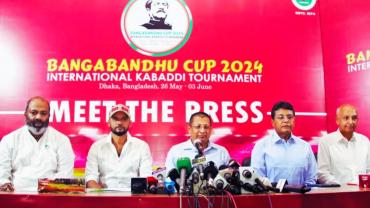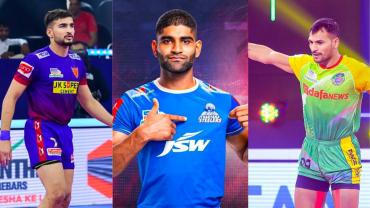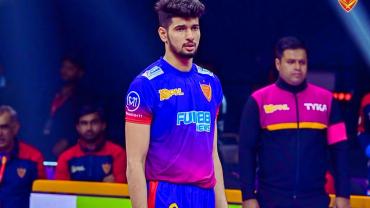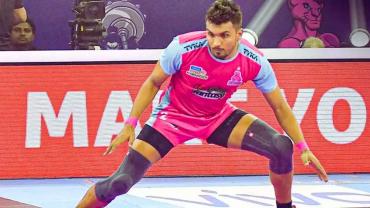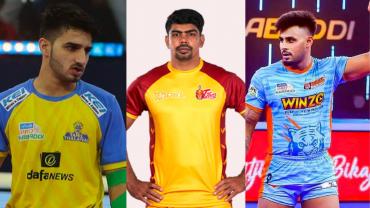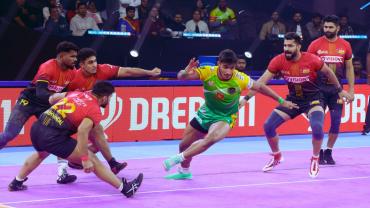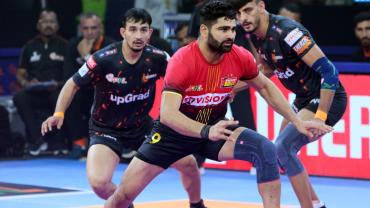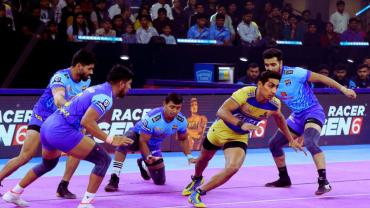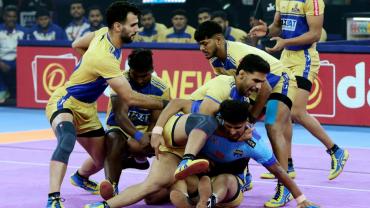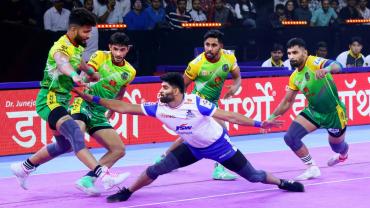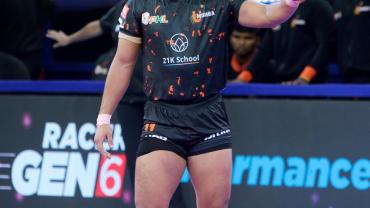PKL 11: How Kabaddi Can compete with Cricket? Is it ideally possible
This surge in popularity can be largely attributed to the success of the Pro Kabaddi League (PKL) and the relentless efforts of various stakeholders working tirelessly behind the scenes. Their dedication and strategic initiatives have transformed Kabaddi into a mainstream sporting spectacle, captivating millions of fans across the nation.
However, despite its remarkable ascent, there are several critical areas where Kabaddi still needs significant improvement. One such area is branding. For Kabaddi to sustain its growth and reach the heights of cricket, it is imperative to develop a strong and appealing brand identity. This involves creating a consistent and engaging narrative around the sport, highlighting its unique aspects and cultural significance.
Sponsorship is another vital aspect that requires attention. While the PKL has attracted a number of sponsors, the sport as a whole still lags behind cricket in terms of lucrative deals and financial backing. To bridge this gap, stakeholders need to devise innovative sponsorship models and actively seek partnerships with prominent brands. This will not only provide the necessary financial support but also enhance the sport's visibility and appeal to a broader audience.
Player brand visibility is equally crucial for the growth of Kabaddi. Unlike cricket, where players are celebrated as national icons, Kabaddi players often remain in the shadows. There is a pressing need to elevate the profiles of Kabaddi athletes, showcasing their stories, achievements, and contributions to the sport. This can be achieved through strategic media campaigns, social media engagement, and public appearances, ultimately fostering a deeper connection between players and fans.

The overall ecosystem of Kabaddi plays a pivotal role in its sustained success. It is essential to ensure that all stakeholders involved, including players, teams, sponsors, and organizers, reap substantial benefits. A thriving ecosystem not only guarantees long-term investment but also promotes a healthy and competitive environment. For this to happen, a well-structured revenue-sharing model must be established, ensuring fair compensation and incentives for all parties.
In terms of strategic planning, the Kabaddi ecosystem needs to devise comprehensive and forward-thinking plans. This involves meticulous planning of leagues, tournaments, and grassroots initiatives to nurture young talent. Additionally, leveraging technology and data analytics can provide valuable insights into fan preferences and engagement, enabling more targeted and effective marketing strategies.
By focusing on branding, sponsorship, player visibility, and strategic planning, Kabaddi can continue its upward trajectory and establish itself as a premier sport in India. The concerted efforts of all stakeholders will be crucial in achieving this vision and ensuring the sport's long-term success.
- 74 views











